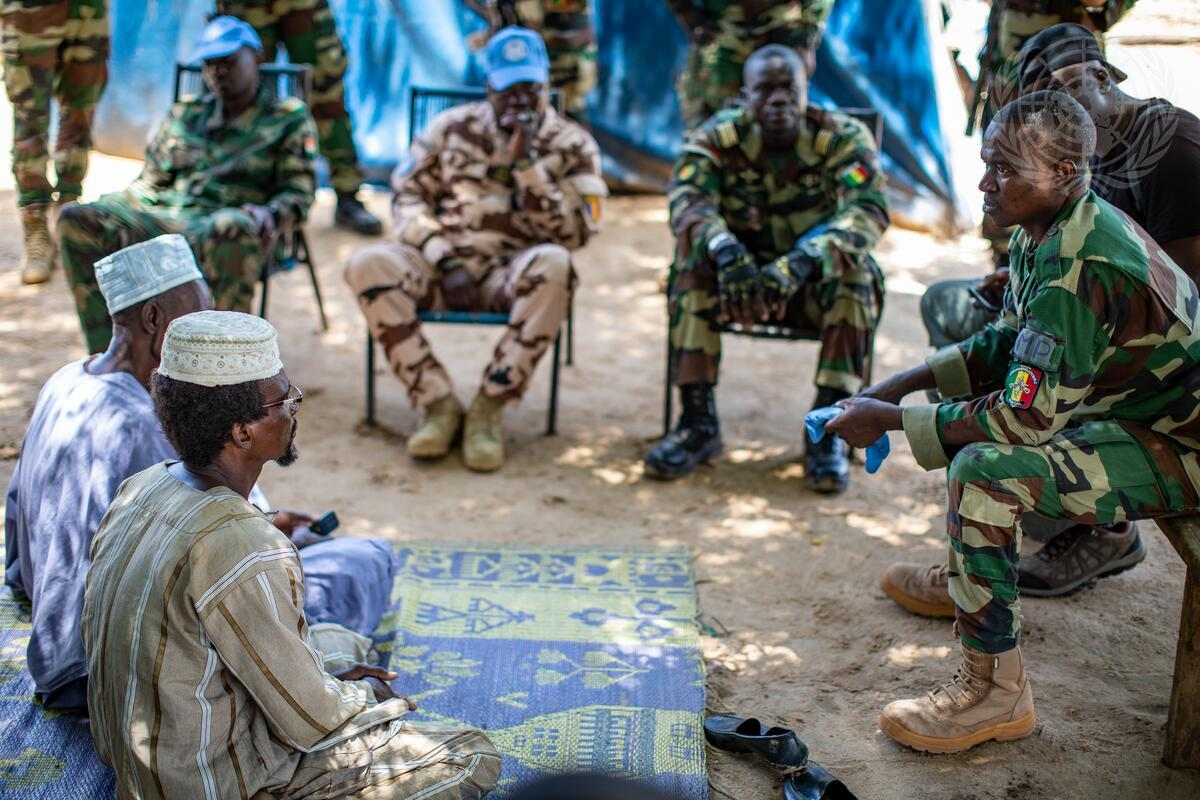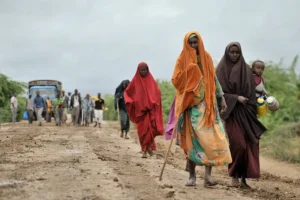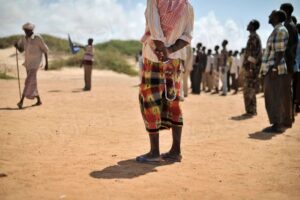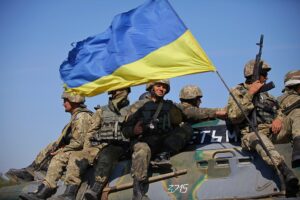To strengthen efforts to protect civilians and uphold human rights, the UN’s forthcoming New Agenda for Peace should consider a number of priorities related to the role of United Nations peace operations. While not exhaustive, these proposals draw on research projects currently underway within the Stimson Center’s Protecting Civilians and Human Security program.
Make Use of the Full Spectrum of UN Peace Operations
United Nations peace operations are essential instruments in the UN toolbox for promoting and maintaining international peace and security. As the UN grapples with increasingly complex operating environments, it will be essential that the UN considers and utilizes the full spectrum of UN peace operations at its disposal. New or different mission structures and mandates may be required to address emerging conflict realities and threats to civilian safety and security, including through people-centered approaches to protection that make greater use of local expertise.
The implementation of innovative mission structures and mandates could involve calling on past or lesser-used mission types, such as streamlined or lighter-footprint peacekeeping missions, or applying recent innovations to other contexts, like special political missions with civilian protection remits. Further, enhanced institutional processing of lessons learned and good practices on how diverse tasks—such as human rights monitoring and reporting, early warning and prevention mechanisms, and unarmed community protection—can best contribute to the protection of civilians will be needed to combat organizational siloes, foster creative thought, and support coordinated, adaptive UN transitions.
Engage Host Countries of UN Peacekeeping Missions as Partners
Operating in some of the world’s most volatile contexts, peacekeeping missions will need to continue to prioritize cooperation with host countries, as noted in Action for Peacekeeping Plus’ strategic priority #7, for effective implementation of Protection of Civilians (POC) mandates. A renewed focus on frank, constructive dialogue with all conflict parties, collaborative partnership, and impartial reporting will contribute to building the trust required to sustain long-term political and operational cooperation. Innovative thought and responsive listening to host populations will also be essential to ensure peacekeeping centers people at the core of its work.
Further, clearer delineation of possible opportunities for host-country engagement with the Security Council and other UN bodies would support enhanced cooperation on the ground, while also more effectively managing host government expectations. At the same time, the Council will need to carefully consider the limits of what peacekeeping missions can achieve (and whether they are the most effective tool to operate in certain contexts), particularly where there is a gradual erosion of cooperation and support by the host government.
Support Resiliency of Communities to Identify & Mitigate Disinformation & Grey-zone Threats
The spread of false and misleading information in the context of peace operations poses a threat to civilians through the incitement of violence. In some mission contexts, different security actors have seized upon the rapid spread of information through digital platforms to share incorrect or malicious information to shape political outcomes, further destabilize the security situation, or undermine the mandates of peace operations. This has been further exacerbated by the actions of non-state armed groups, bilateral security actors, and mercenaries, which have seized on the information-contested environment and utilized grey-zone tactics to further their goals, contributing to an erosion of the principles underpinning UN peacekeeping.
Consequently, the Security Council has mandated that several affected missions report on disinformation campaigns and their efforts to address them. Most of these approaches have focused on strategic communications, namely to counter these narratives and communicate the role and mandate of the UN. However, to more effectively counter disinformation, the UN also needs to engage and build resiliency and literacy, empowering communities to identify and mitigate mis- and disinformation.
Build Peace Operations That Are Gender-responsive & Transformative
Peace operations continue to include a focus on women, peace, and security (WPS) in their mandates, with an increasing understanding that missions need to be gender-sensitive and responsive to effectively support political solutions and build peace. While some progress has been made increasing the representation of women in missions and advocating for their inclusion in electoral and peace processes, efforts to ensure that peace operations prioritize gender-responsive approaches to political engagement, conflict-analysis, and protection of civilians have been limited.
Furthermore, future efforts to advance progress are likely to contend with political pushback from member states that have demonstrated limited support for the WPS agenda or sacrificed it for more expedient political solutions and operational outcomes. If peace operations are to be transformative and support the work of civil society in creating more gender-equal and peaceful societies, then they need to be more gender-responsive in their design and delivery.
Utilize Regional & Sub-regional Organizations & Institutions More Effectively
The African Union’s Peace and Security Council has deployed peace support operations to prevent and respond to human security threats on the African continent over the last two decades. In many instances, these missions have deployed alongside (in parallel), with (hybrid), or in lieu of UN peace operations. Overlapping conflict drivers such as political violence, climate change, and extremism have led to greater urgency and need for these missions in recent years.
Increasingly, people-centered approaches to protection of civilians will require that many missions have greater reach across operating areas and engage more substantively at the sub-national level. Furthermore, regional and sub-regional organizations may be preferred by host countries to deploy a peace operation or to work in partnership with the UN. In these contexts, organizations will need to clarify their comparative advantages when it comes to protection of civilians and deconflict responsibilities, rather than operating with distinct or conflicting strategic and operational approaches. This understanding could inform clearer decision-making about the preferred types of missions for deployment, partnerships, and operational concepts, resulting in a more comprehensive and complementary approach to protection of civilians.
This text was drafted and submitted to the UN as part of a civil society consultation process to inform the development of the New Agenda for Peace.
Pictured: Peacekeepers serving in the UN’s Quick Reaction Force in central Mali consult with local leaders in the village of Ogossagou, Mopti region. Credit: UN Photo/Harandane Dicko.




